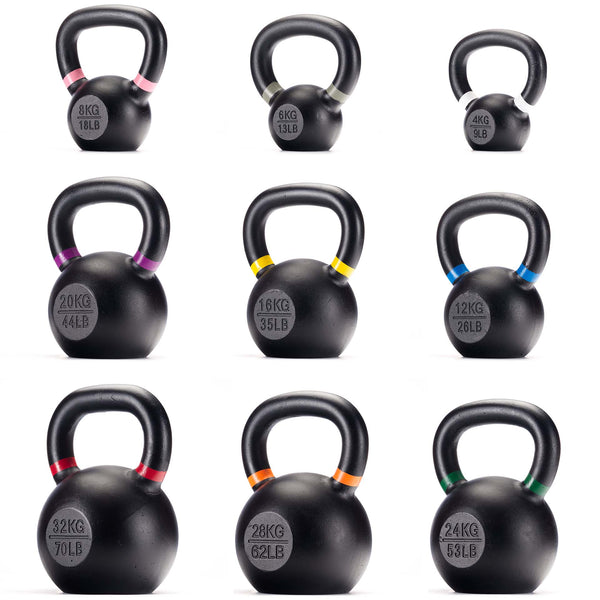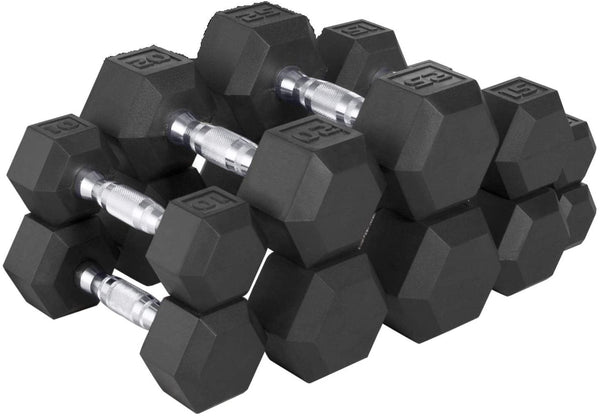Your Cart is Empty
April 23, 2024 3 min read
Sit-ups are one of the most common exercises that people do in their homes or at the gym. They’re great for toning and strengthening the core muscles, which are essential for maintaining good posture as well as overall health. But when is the best time to do them? The answer may depend on several factors, including your fitness goals and current activity level.
Shop The Collection: KettlebellsSit-ups are a great way to tone and strengthen your core muscles, which includes your abdominals, lower back, and hips. These muscles help support your spine, keep you upright, and enable you to move more efficiently. Strong core muscles also help prevent injury by ensuring your body is balanced and able to absorb shock from activities like running or lifting weights.
 Shop The Gear: MAGMA Cast Iron Kettlebells, from $16.99 USD
Shop The Gear: MAGMA Cast Iron Kettlebells, from $16.99 USD
In addition to toning and strengthening your core muscles, sit-ups can also help improve your balance, flexibility, and overall strength. They can be done anywhere, so they’re a convenient exercise to add to your fitness routine.
Shop The Collection: DumbbellsThe best time to do sit-ups will depend on your goals and current fitness level. If you’re just starting out, it’s a good idea to begin with a few sets of 10-15 sit-ups every other day. As you become stronger and more comfortable with the exercise, you can increase the number of sets and frequency of your workouts. It's important to give your body time to rest and recover after each session.
 Shop The Gear: CAP Barbell 5-25 LB Rubber Hex 150LB Dumbbell Set, $271.99 USD
Shop The Gear: CAP Barbell 5-25 LB Rubber Hex 150LB Dumbbell Set, $271.99 USD
If you’re looking to build muscle, you may want to consider doing sit-ups as part of your weight-training routine. For most people, it’s best to do sit-ups after other strength exercises, such as squats and deadlifts, since these exercises help to prime the muscles and get them ready for more intense work. This can help prevent you from becoming fatigued too quickly and make it easier to complete your sets.
If you’re looking to burn fat, you may want to do sit-ups first thing in the morning on an empty stomach. This is because your body will use stored energy (in the form of fat) to fuel your workout, which helps to burn more calories and ultimately lose weight.
The number of sit-ups you should do depends on your fitness level and goals. If you’re a beginner, start with 1-3 sets of 10-15 reps and work your way up as you become stronger. If you’re trying to build muscle, aim for 3-5 sets of 8-12 reps with a challenging weight. And if you’re trying to burn fat, aim for 4-6 sets of 20-25 reps with no rest between sets.
It’s important to note that everyone’s body is different and responds differently to exercise, so it’s important to listen to your body and adjust your routine accordingly. If you find yourself feeling overly sore or fatigued after a workout, take a day off or reduce the intensity of your next session.
Sit-ups are a great way to tone and strengthen your core muscles, as well as improve your balance, flexibility, and overall strength. When deciding when to do sit-ups, it’s important to consider your goals and current fitness level. For beginners, a few sets of 10-15 reps every other day is a good place to start. For those trying to build muscle, aim for 3-5 sets of 8-12 reps with a challenging weight. And for those trying to burn fat, aim for 4-6 sets of 20-25 reps with no rest between sets. Ultimately, it’s important to listen to your body and adjust your routine accordingly.